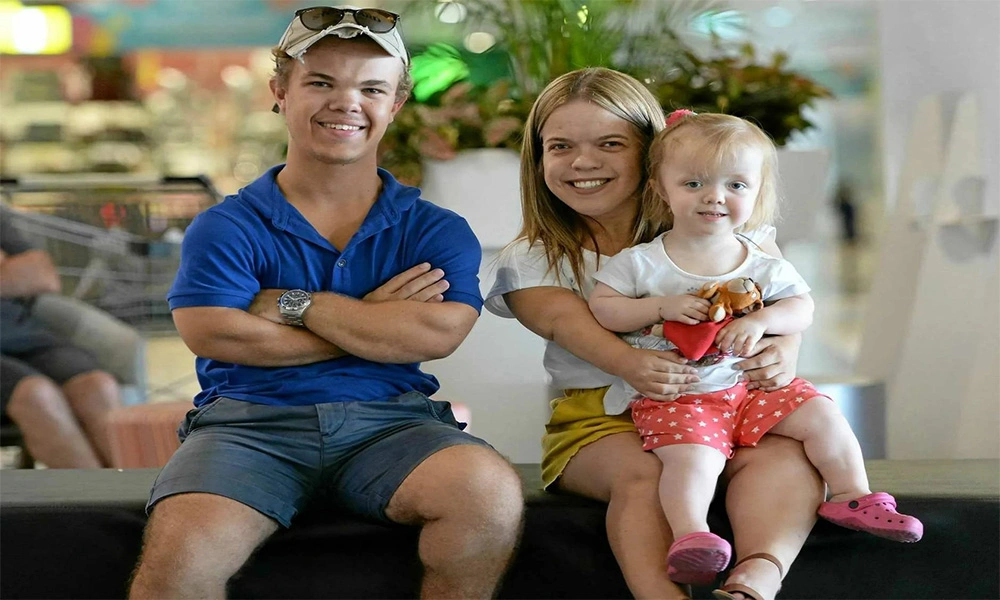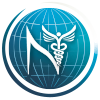Achondroplasia
Safe surgical solutions for your health with accurate diagnosis, safe intervention! NY Health is always ready with its professional team.
More information
Feel free to contact us for more information or support with your questions. We will be happy to help you.
Get in touch!Customer Service
+90 532 100 66 78

NY Health
AKONDROPLAZI
Achondroplasia
Achondroplasia is a skeletal dysplasia of genetic origin that affects bone development. This condition, which restricts the growth of long bones in particular, is the most common cause of dwarfism. The main cause of the disease is a mutation in the FGFR3 (Fibroblast Growth Factor Receptor 3) gene. This mutation slows down the ossification process of cartilage and leads to disproportionate body growth.
Main Symptoms
Common physical characteristics seen in individuals with achondroplasia:
- Shortness of the arms and legs (especially upper arms and thighs)
- Normal size body
- Wide forehead structure
- Flat and depressed nose bridge
- Short and thick fingers (trident hand appearance)
- Decreased muscle tone (hypotonia - especially in infancy)
- "O" shaped curvature of the legs
- Increased risk of hydrocephalus in the head
- Spinal curvatures (lordosis, kyphosis, etc.)
- Middle ear infections and hearing problems that can be seen at an early age
Intelligence and Cognitive Development
The intelligence level of individuals with achondroplasia is usually normal. However, in some cases, language development and motor skills may be delayed. Therefore, early developmental follow-up is as important as physical supportive treatment.
Diagnosis Process
Diagnostic methods include:
- Prenatal ultrasound: Shortening of the long bones, especially after 24 weeks
- Postpartum physical examination
-Radiological imaging: Typical findings in bone structures
- Genetic testing: Confirmation of FGFR3 mutation
Treatment and Follow-up Process
Although there is no established treatment method for achondroplasia, many supportive methods can be applied to improve quality of life:
Orthopedic Interventions
- Corrective surgeries for curvatures of the legs
- Surgical or orthotic support for spinal curvatures
- Follow-up of joint deformities
Limb Lengthening Surgery
- Can be planned during adolescence
- Difficult, long-term and requires specialized follow-up
Rehabilitation
- Physical therapy improves muscle strength, balance and mobility
- Starting at an early age positively affects motor development
Genetic Counseling
- Informing family members
- Risk assessment for future pregnancies
Advice for Families
- The child's development will proceed at its own pace, do not make comparisons
- Provide ergonomic furniture and daily living adaptations
- Be supportive for social-emotional development
- Seek psychological support when needed
With NY Health Consulting, You are Safe in Achondroplasia Follow-up
- Team of specialized orthopedic and pediatricians
- Rehabilitation plans appropriate for developmental follow-up
- Coordinated treatment processes with contracted hospitals
- Family-specific counseling and multilingual support
Proper follow-up and support are crucial for your child to reach their potential. With NY Health Consulting you have a strong companion.
